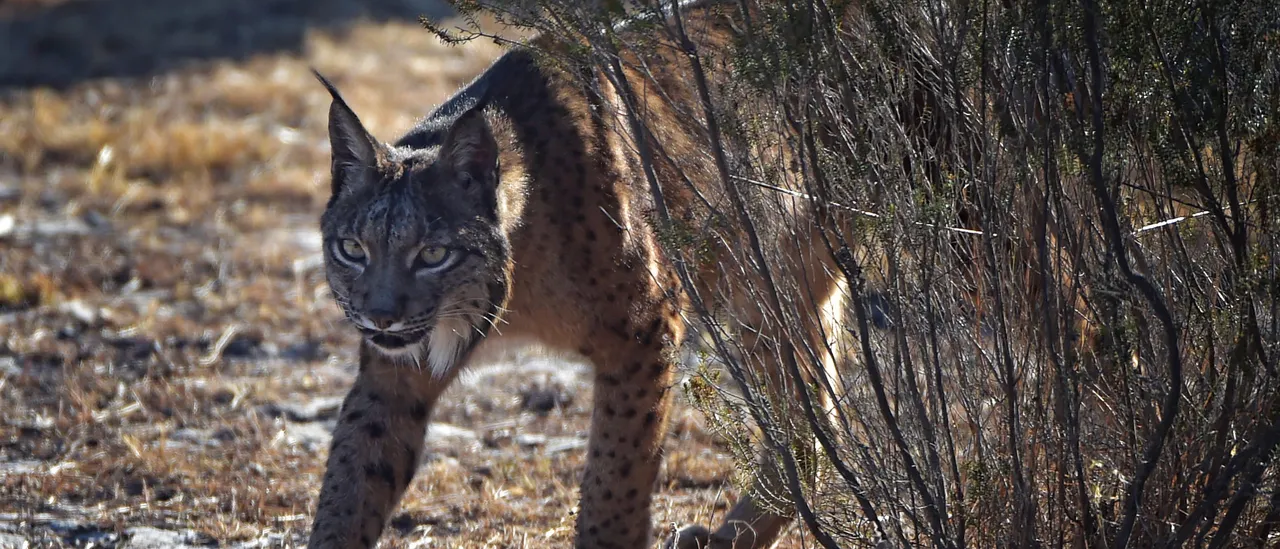Study Reveals Megalodon’s Diverse Diet: More Than Just Whale Hunter

FRANKFURT, GERMANY – New research challenges the long-held view of the megalodon as a predator that exclusively hunted large marine mammals. Recent findings suggest that this colossal shark, extinct for about 3.6 million years, was more of an opportunistic feeder.
Breaking: Megalodon’s Varied Diet Uncovered
A study published in the journal Earth and Planetary Science Letters reveals that the megalodon may have consumed a wide range of prey to meet its substantial dietary needs. This prehistoric predator, once thought to primarily hunt whales, likely adapted its diet based on availability.
“When available, it would probably have fed on large prey items, but when not available, it was flexible enough to feed also on smaller animals to fulfill its dietary requirements,” said lead study author Jeremy McCormack, a geoscientist at Goethe University in Frankfurt, Germany.
Immediate Impact
The study also highlights regional differences in the megalodon’s feeding habits, suggesting that it targeted whatever was abundant in local waters. This adaptability might have included devouring other top predators and smaller prey alike.
“They were not concentrating on certain prey types, but they must have fed throughout the food web, on many different species,” McCormack explained.
Key Details Emerge
The research team performed a geochemical analysis of fossilized megalodon teeth, which are abundantly found in the fossil record. This analysis provided fresh insights into the predator’s dietary habits, challenging its role as the sole apex predator of ancient seas.
Zinc isotopes in the teeth played a crucial role in the study. Different types of zinc absorbed through diet left distinct markers in the enamel, offering clues about the food chain hierarchy.
Researchers found that sea bream, feeding on mussels and crustaceans, was at the bottom of the food chain, while megalodon occupied the top slot with overlapping zinc ratios, indicating a varied diet.
Expert Analysis
The findings suggest that megalodon shared its apex status with other “opportunistic supercarnivores” such as Otodus chubutensis and Araloselachus cuspidatus. This challenges the notion of megalodon as the exclusive ruler of the oceans.
Paleobiologist Kenshu Shimada, a coauthor of the study, noted, “One of the contributing factors for the demise of megalodon has been hypothesized to be the rise of the great white shark, which feeds on fish when young and shifts its diet to marine mammals as it becomes larger.”
Background Context
Previous research has offered varying insights into the megalodon’s size and physiology. While some studies suggest it was about three times as long as a great white shark, others propose it was even larger. The lack of complete fossils, due to the shark’s cartilaginous skeleton, adds to the mystery.
“The general picture of megalodon has been of a gigantic shark munching on whales,” said Jack Cooper, a UK-based paleobiologist. “This study adds a new dimension that megalodon probably had a wide range of prey.”
What Comes Next
The study contributes to a growing body of evidence that is reshaping our understanding of megalodon and its relatives. As new techniques and analyses emerge, scientists hope to uncover more about this ancient predator’s life and eventual extinction.
Alberto Collareta, a researcher at the University of Pisa, emphasized the significance of these findings, stating, “We now know that the Megalodon was something else — in terms of size, shape, and ancestry, and of biology, too.”
As researchers continue to explore the mysteries of the megalodon, the hope remains that future discoveries will provide even more insights, perhaps even revealing a complete skeleton of this legendary sea giant.






